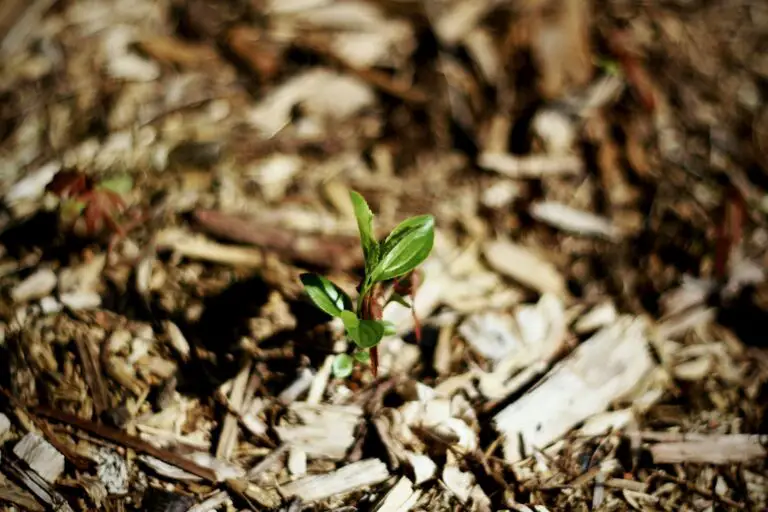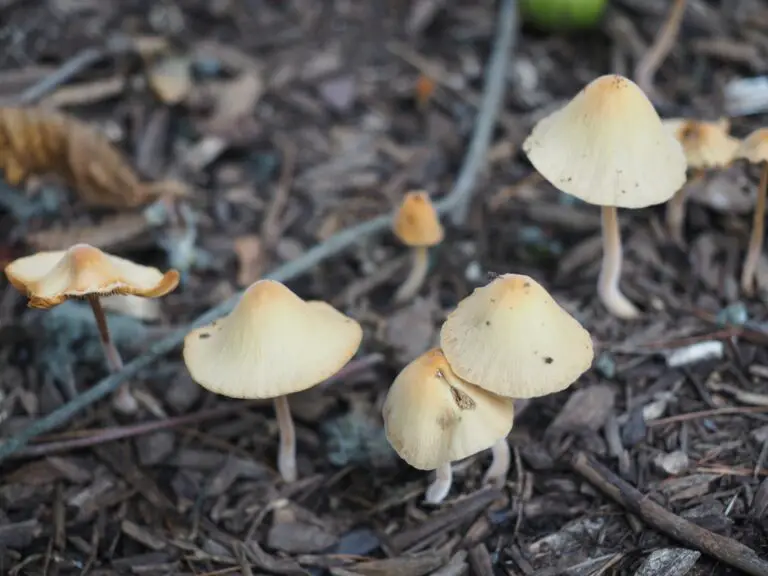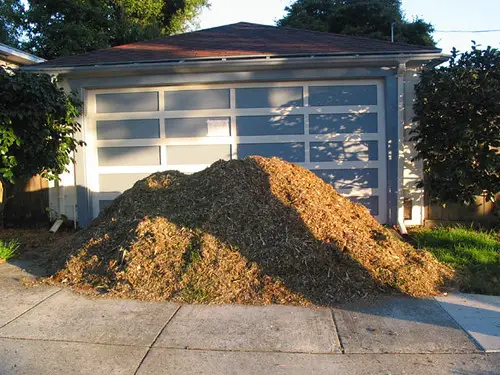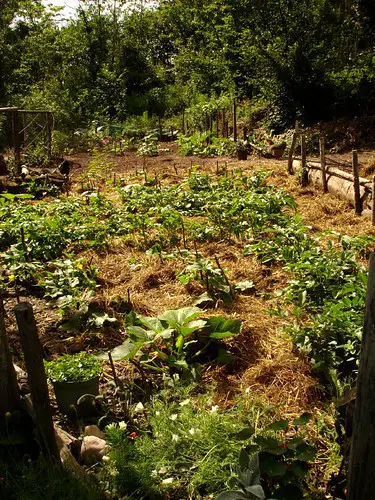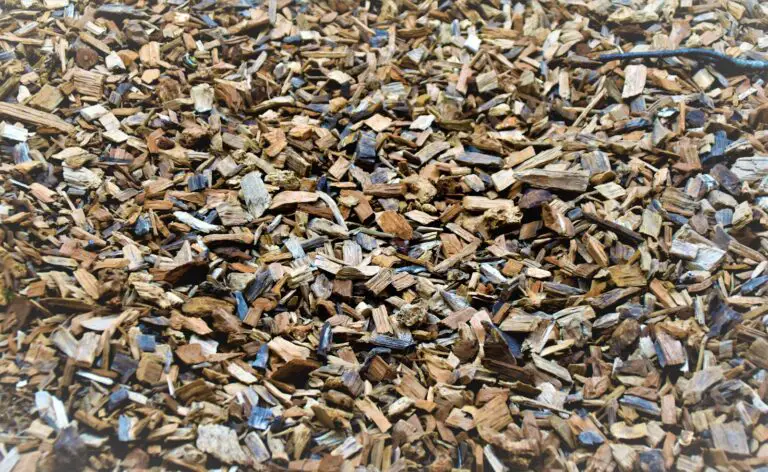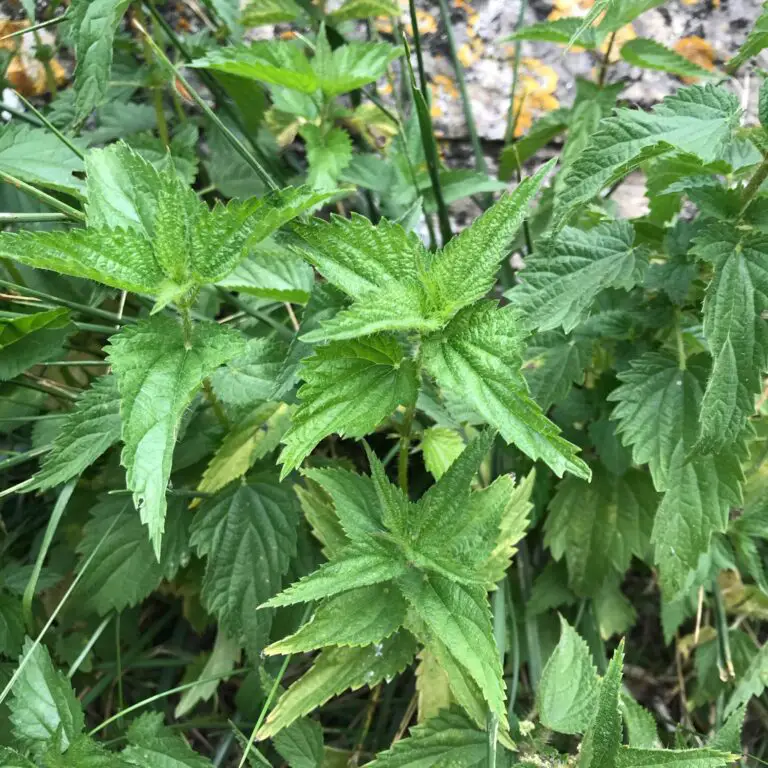Creating a Mulch Ring for Shrub Protection: A Gardener’s Guide
Gardening is a delicate dance between human intervention and natural growth. Every garden, from the most expansive estate to the smallest urban plot, requires a touch of human care to bring out its full potential. One area of gardening that’s incredibly valuable yet often overlooked is the use of mulch rings to protect shrubs and promote healthy growth. Mulch rings are essentially protective barriers made from organic materials that offer multiple benefits to the plants nestled inside. In this definitive guide, we’ll explore why mulch rings are a gardener’s best friend and provide you with a step-by-step roadmap to create them effectively.

The Significance of Mulch Rings in Protecting Shrubs
When a shrub is safely nestled within a mulch ring, it’s shielded from many environmental challenges that can stunt its growth. This method of protection is especially crucial during the early stages of planting, when a shrub’s roots are establishing in the soil.
Understanding the Role of a Mulch Ring
A mulch ring serves as a protective barrier around the base of a shrub. It helps to keep the ground moist, suppresses the growth of weeds that might compete for moisture and nutrients, and insulates the root system from extreme temperatures. This protective enclosure also acts as a buffer against soil erosion, particularly for plants situated on inclines.
The Core Benefits of Mulch Rings
Understanding the benefits encourages gardeners to use this simple yet effective technique.
Retaining Moisture
Mulch rings keep the soil around your shrub damp, which is especially beneficial during dry spells when watering may be more challenging. This consistent level of moisture is crucial for the roots to grow deep and strong.
Suppressing Weeds
Unwanted vegetation can be a nuisance for gardeners, but mulch rings act as a natural repellent against weeds. By depriving weed seeds of the light and open space they need to germinate, you reduce the ongoing maintenance and ensure that your shrubs face less competition for resources.
Insulating Roots
Mulch rings provide an essential layer of protection against temperature extremes. In the winter, they help the soil retain heat, and in the summer, they prevent the soil from overheating. This stable environment is key to fostering healthy root development throughout the year.
Essential Materials for Constructing a Mulch Ring
Before initiating the construction of your mulch ring, it’s vital to gather the necessary materials to ensure a smooth and efficient process.
Necessary Tools and Components
- Quality mulch, such as shredded hardwood or pine straw
- A sharp garden spade
- Edging material of your choice (stones, bricks, plastic, or metal)
- Compost or organic matter
- A garden hose or watering can with a gentle shower head attachment
Prepare your workspace and select materials suited to your garden’s aesthetic and your shrub’s specific needs.
Step-by-Step Construction of a Mulch Ring
Creating and installing a mulch ring is a straightforward process but involves several key steps to ensure its stability and effectiveness.
Step 1: Marking the Perimeter
Using a flexible garden hose or spray paint, mark a circle around the shrub’s base, ensuring the diameter is large enough to accommodate future growth and the shape is aesthetically pleasing.
Step 2: Removing Existing Mulch
If there’s existing mulch, gently remove it from the designated area. You may want to use this mulch elsewhere in your garden as part of a composting process.
Step 3: Applying a Layer of Compost
Before placing your edge material, add a layer of compost or organic matter inside the circle. This initial layer provides nourishment and improves the soil quality around the shrub.
Step 4: Placing the Edging
Carefully position your chosen edging material inside the marked perimeter, ensuring it stands no less than four inches above the ground. A higher edging helps to retain the mulch within the ring and keeps it aesthetically pleasing.
Step 5: Filling the Ring with Mulch
Once the edging is in place, slowly fill the circle with the mulch of your choice, ensuring a generous thickness of organic material. The mulch should sit several inches deep to effectively retain moisture and protect the soil.
Step 6: Watering and Basic Maintenance
After filling the ring, give the mulch a good watering to settle it and compact it slightly. Check for any gaps in the mulch barrier and make adjustments as needed. Remember to protect the roots, avoid disturbing the soil, and keep the mulch ring slightly out of direct contact with the shrub’s trunk.
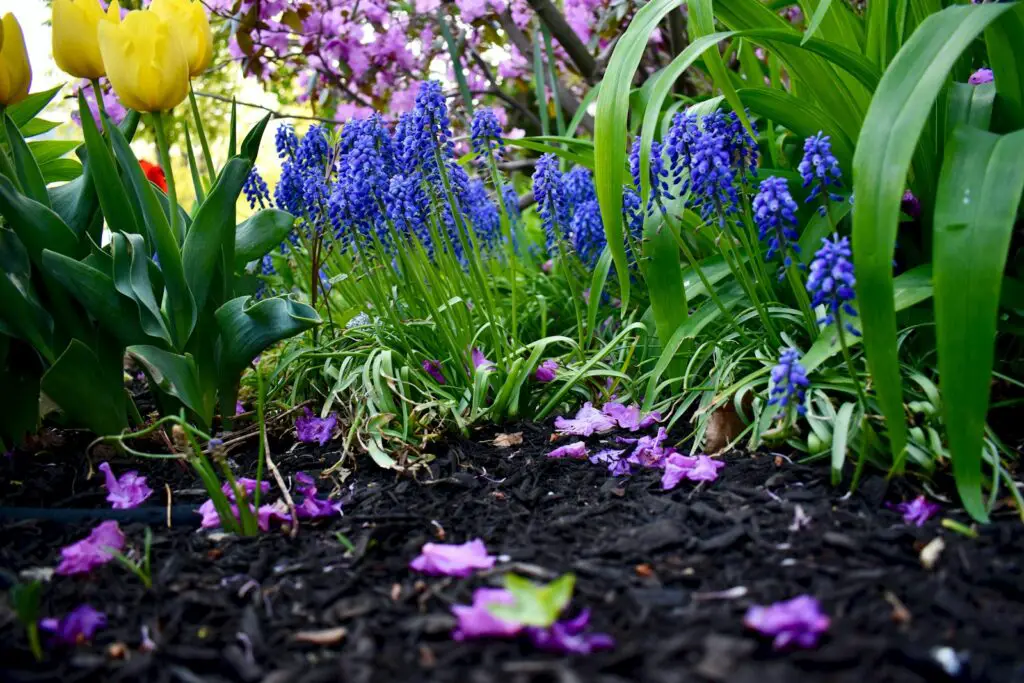
Sustaining Your Shrub’s Mulch Ring
Constructing the mulch ring is just the beginning. Proper maintenance is essential to ensure it continues to be effective and beneficial for your shrubs.
Watering Frequency
Until the plant is fully established, water the mulched area regularly, providing a moist but not saturated environment. During the summer months, this may mean weekly watering to support growth.
Mulch Replenishment
Over time, mulch will break down and may need replenishing. Look for changes in the depth and color of the mulch to indicate when it’s time to add a fresh layer. A regular refresh will ensure your shrub continues to reap the benefits of the protective ring.
Adapting to the Seasons
Be mindful of seasonal changes and adjust your mulching and maintenance accordingly. For instance, you may need to provide additional mulch during the winter to protect the roots from sudden temperature drops.
Conclusion
Creating a mulch ring is a small yet significant action for any gardener looking to enhance the health and vitality of their shrubs. By following this comprehensive guide, you’re well on your way to providing your plants with the protection and care they deserve. Remember, the effort you put into creating and maintaining these rings isn’t just about convenience—it’s an investment that will pay off in the form of flourishing, beautiful shrubs that you can truly be proud of.


